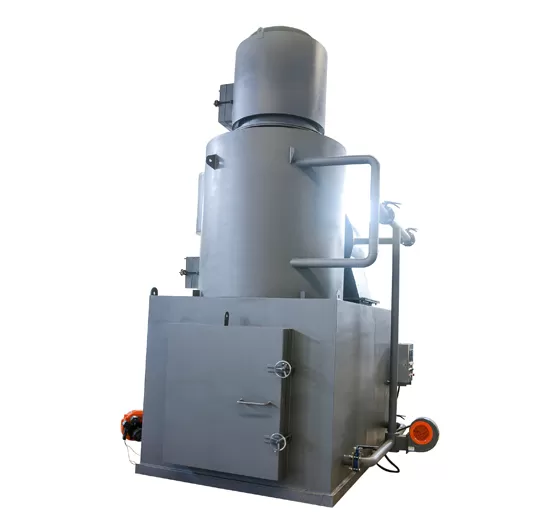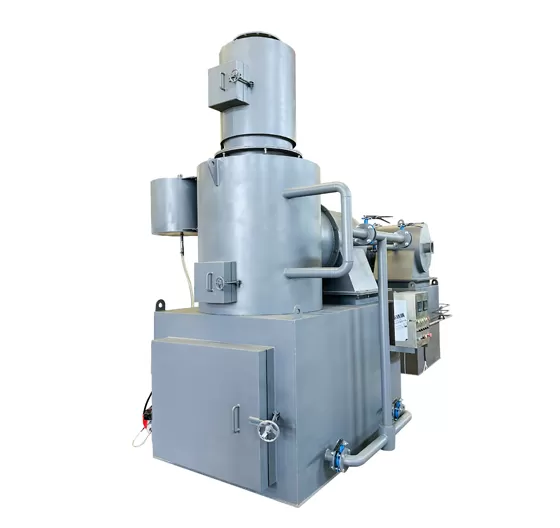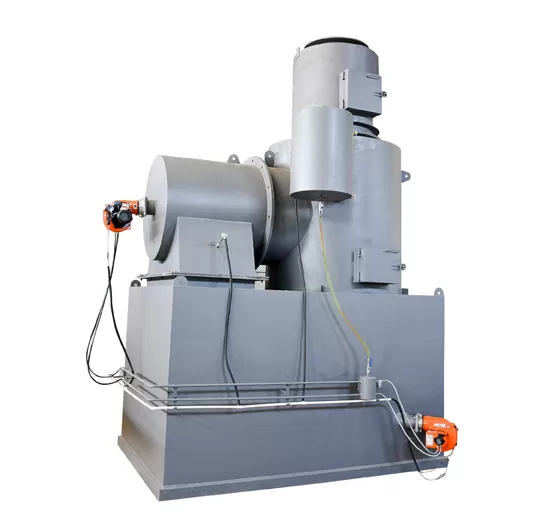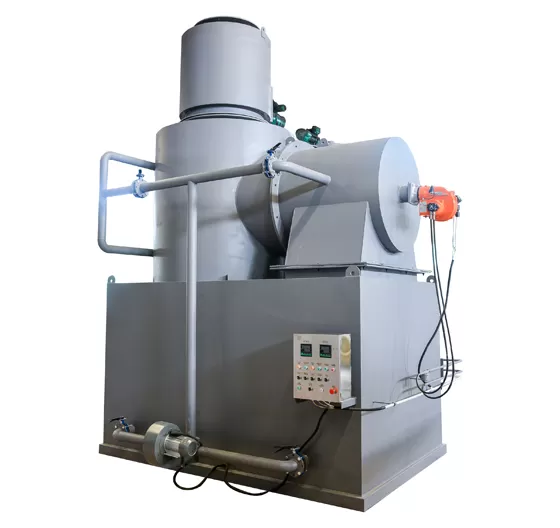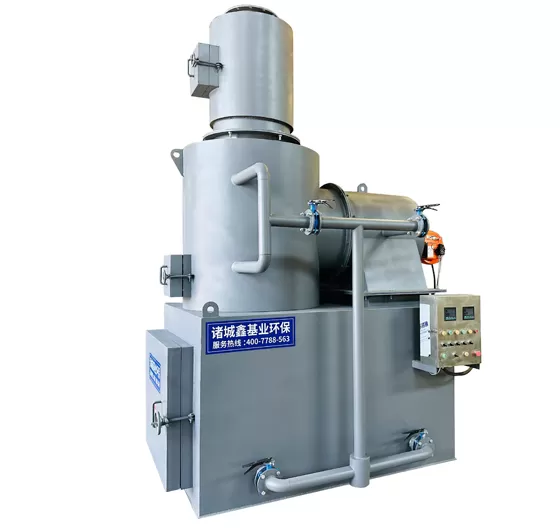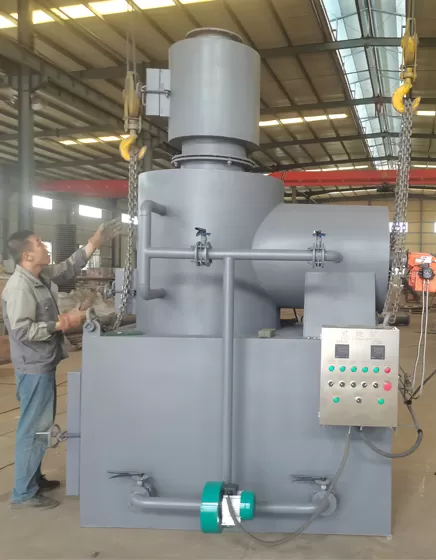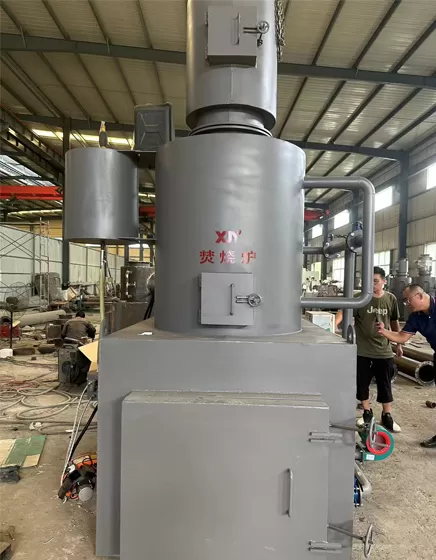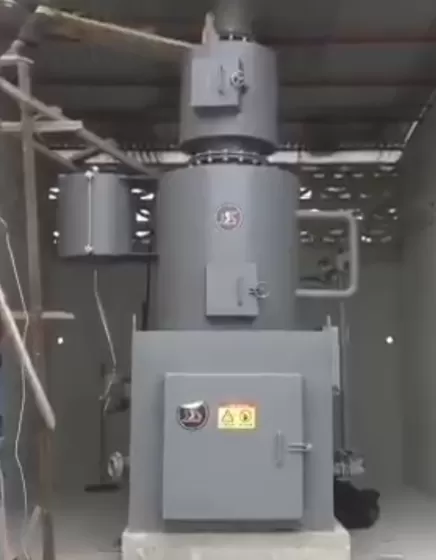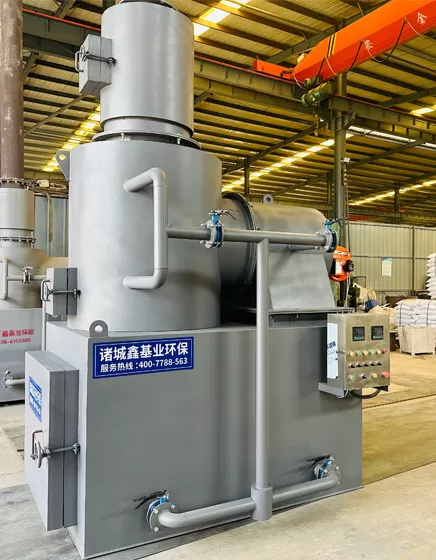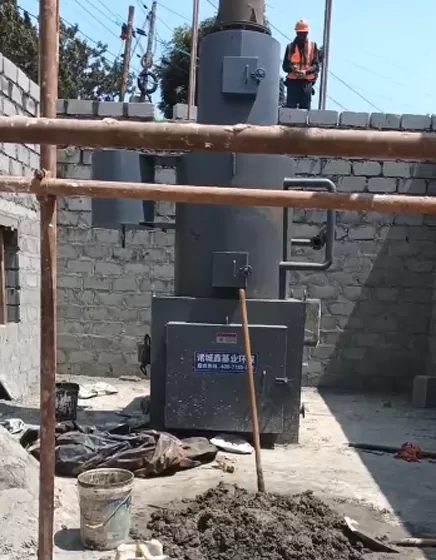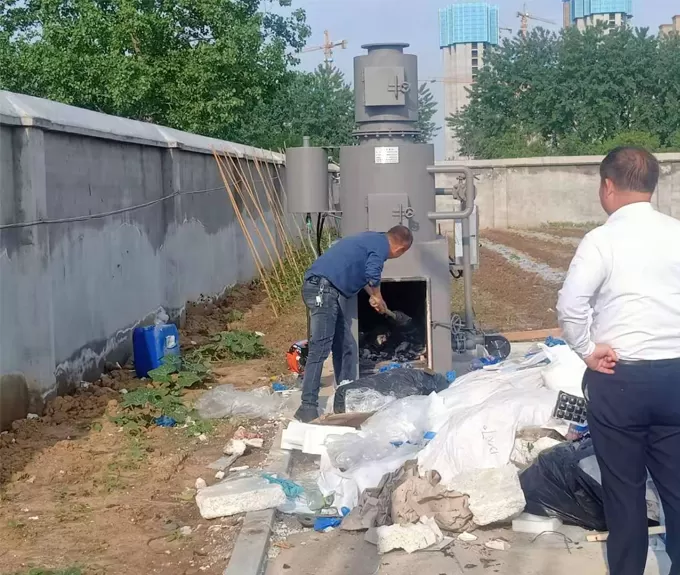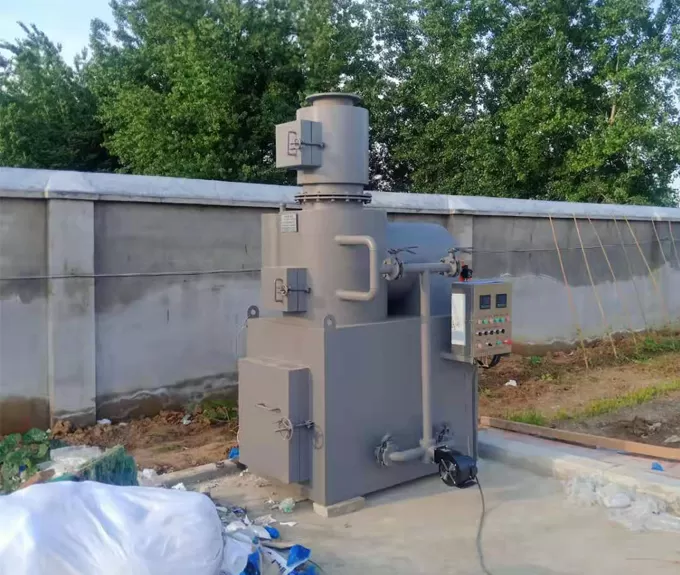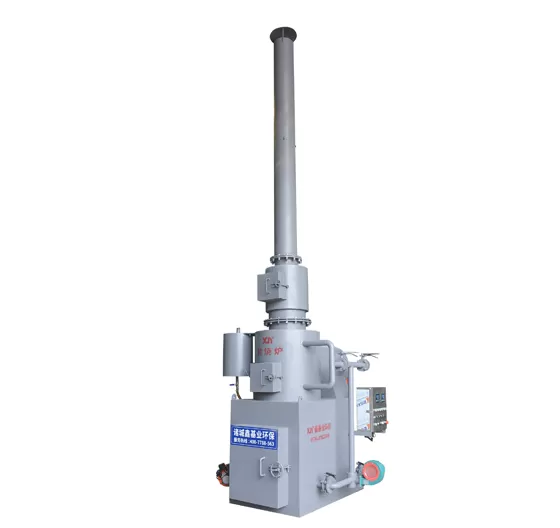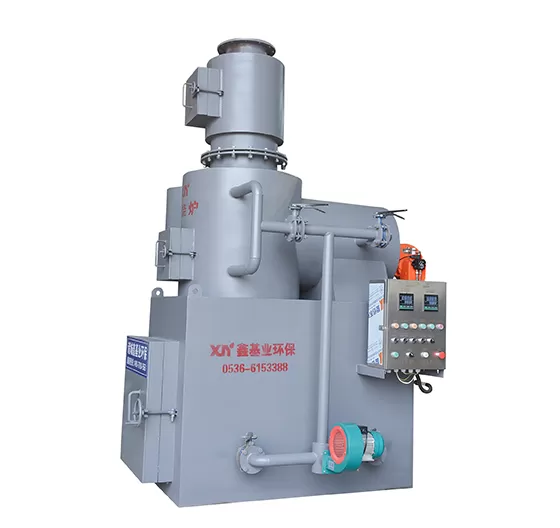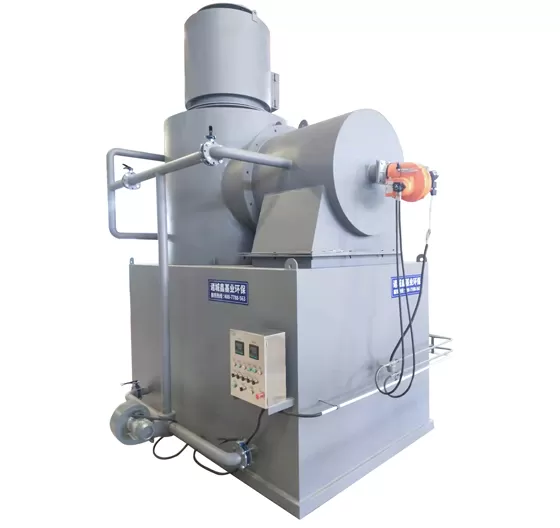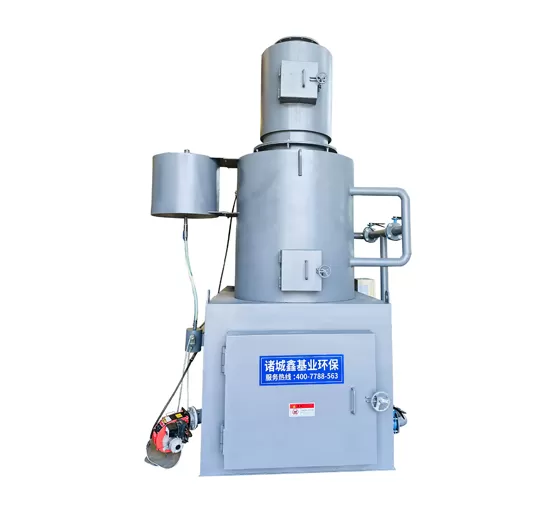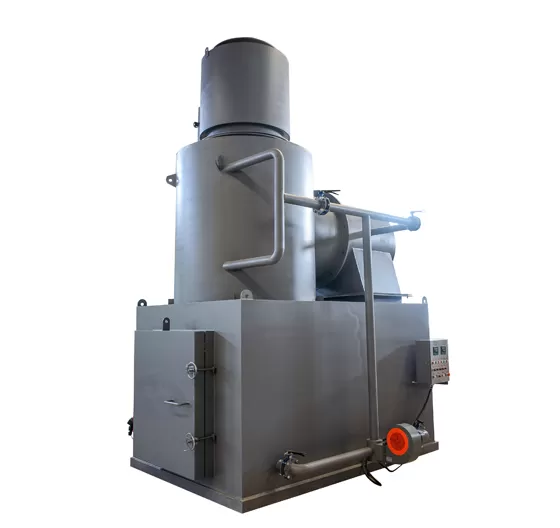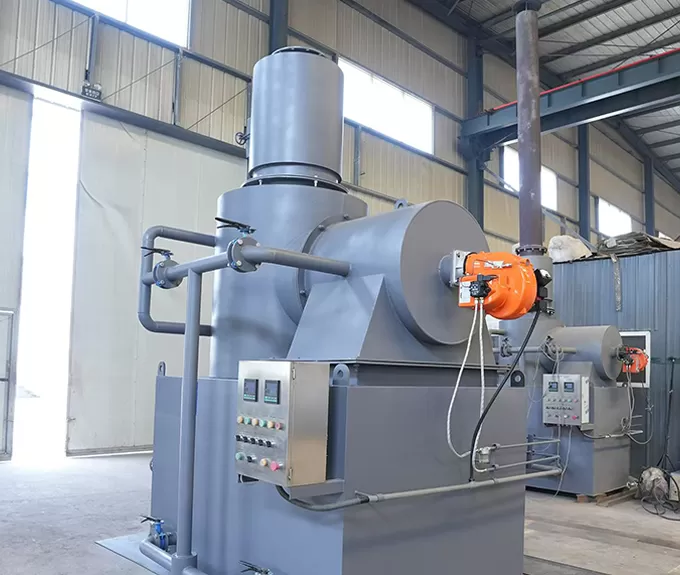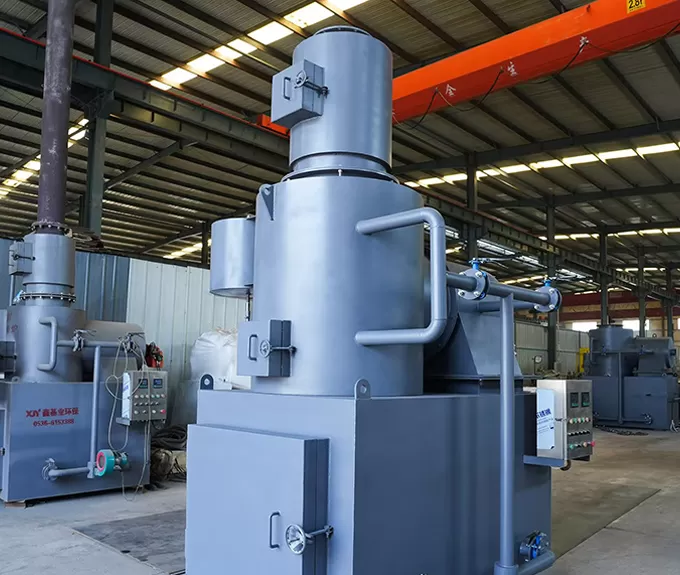Domestic waste incineration can be an effective waste management solution when done correctly. Follow these best practices to ensure safety, efficiency, and environmental compliance:
1. Proper Waste Segregation
Only burn non-recyclable, dry waste (paper, cardboard, untreated wood).
Avoid plastics, batteries, chemicals, or hazardous materials — these release toxic fumes.
Separate wet/organic waste (food scraps) for composting instead of burning.
2. Optimal Combustion Conditions
Maintain temperatures above 850°C (1562°F) to ensure complete combustion and minimize harmful emissions.
Use a secondary combustion chamber (if available) to burn off remaining smoke and particulates.
3. Emission Control & Environmental Safety
Install a basic scrubber or filter (even in small incinerators) to reduce smoke and ash particles.
Avoid burning on windy days to prevent airborne pollution.
Dispose of ash safely (cool completely, then bag for landfill).
4. Location & Ventilation
Place the incinerator away from buildings, trees, and flammable materials.
Ensure proper airflow—poor oxygen supply leads to incomplete burning and excess smoke.
5. Maintenance & Monitoring
Clean the combustion chamber regularly to prevent residue buildup.
Check for corrosion or damage, especially in metal incinerators.

